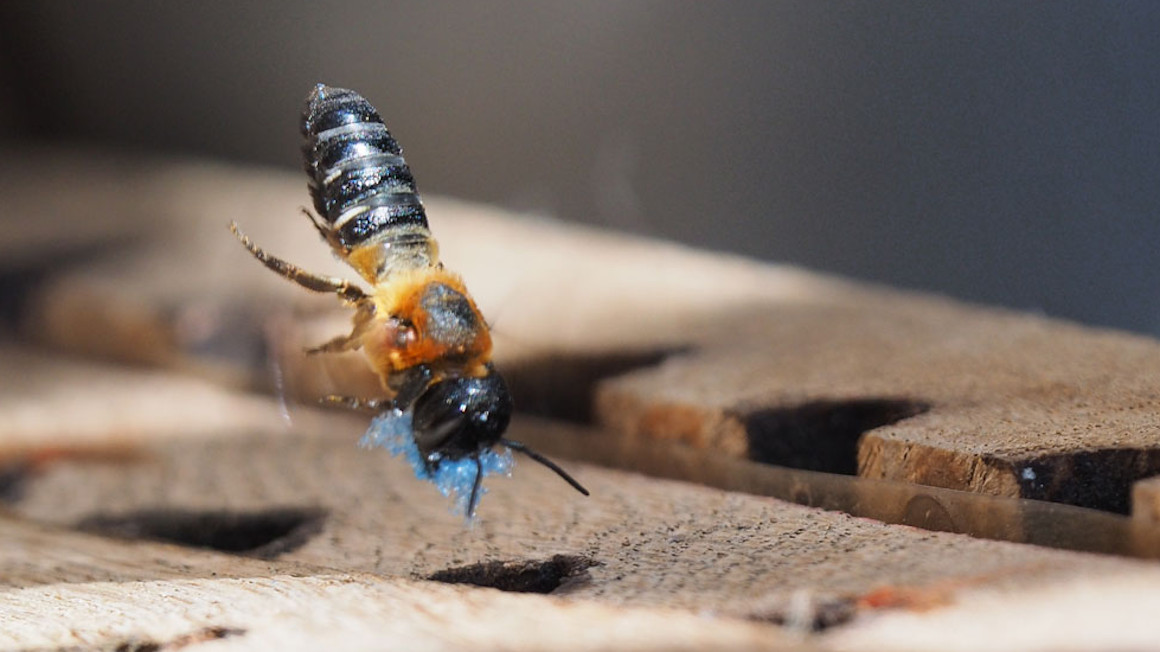"Excessive nutrient inputs can alter ecosystems"
Sönke ZaehleProfession:
Geoecologist, PhD in environmental science
Position:
Director at the Max Planck Institute for Biogeochemistry in Jena, Germany

Profession:
Geoecologist, PhD in environmental science
Position:
Director at the Max Planck Institute for Biogeochemistry in Jena, Germany

Jena geoecologist Söhnke Zaehle is researching how nutrients such as nitrogen affect the material cycles of ecosystems.
Animals, plants or microorganisms in the soil depend on a balanced supply of nutrients such as nitrogen. However, the reality looks often different, because agricultural areas are overfertilized. Sönke Zaehle is researching the effects that nutrient inputs such as nitrogen have on ecosystems and how their capabilities are affected as a result. In an interview, the Jena-based geoecologist explains why nutrient-rich soil is not always good for biodiversity, how ecosystems can change as a result, and which factors farmers should pay attention to in order not to endanger ecosystem biodiversity through overfertilization.
Nutrient-rich soil is essential for a good, high-yielding crop. However, what is good for the soil is not always good for biodiversity. Why is that?
Plant and animal species, as well as soil microorganisms, have different nutrient requirements. There are species communities that are adapted to either nutrient-poor or nutrient-rich conditions. Through nutrient enrichment, such as fertilization, species naturally present on poor soils are pushed back or replaced by other species that are better adapted to nutrient-rich conditions. These species are better able to convert the available nutrients, which can then lead to increased yields, but at the cost of a shift in species composition away from the near-natural state.
What role does nutrient input play in the decline of biodiversity?
In Germany, about half of the plant species on the 'red list' are threatened by increased nutrient inputs. Even though nitrogen inputs have decreased slightly in recent years, more than two-thirds of natural or semi-natural ecosystems in Germany are affected by excessive nutrient inputs, with corresponding risks to the biodiversity of these ecosystems. Other factors influencing land use, such as landscape heterogeneity, pesticide use and climate, also play a role.
To what extent does an excess of nutrients affect biodiversity?
The influences of excessive nutrients, especially nitrogen, are many. Excess nitrogen affects species competition, and can lead to changes in species composition through immigration and dominance of better adapted species, especially in nutrient-poor ecosystems such as heaths, bogs, and dry grasslands. However, there are also direct effects through the contribution of nitrogen inputs to soil acidification, alteration of the balance with other nutrients, and direct toxicity of nitrogen at very high inputs.
Which nutrients affect biodiversity the most and what are the consequences for ecosystems?
Species communities depend on a certain ratio of various nutrients. In addition to nitrogen, these include primarily phosphorus, but also potassium, calcium and magnesium, as well as many other nutrients that occur only in small amounts in nature. In our country, however, nitrogen inputs in particular, such as those from fertilization with mineral or farm fertilizers, but also indirect inputs from the combustion of fossil fuels (nitrogen deposition) are decisive, as they change the ratio of nutrient availability due to an oversupply of nitrogen, with consequential effects such as the acidification of soils, which in turn has an impact on nutrient supply.
Fertilizing is important, but a contributing factor to the decline in biodiversity. What factors do you think are crucial to finding the right balance when fertilizing? What should farmers use as a guide?
Nutrient cycles and thus nutrient availability depend on site characteristics such as soil type. An adapted fertilization strategy must therefore take into account site characteristics and the amount of nutrients already present in the ecosystem, avoiding long-term surpluses where possible. This is especially true for naturally nutrient-poor and particularly sensitive ecosystems. Regarding the right balance, not only biodiversity but also the protection of surface waters and groundwater play a role, as excess nitrogen as well as greenhouse gas emissions such as nitrous oxide can be discharged. Modern technologies (precision farming) and application methods can certainly make contributions here to reduce local surpluses. The current legal regulations have not led to a significant reduction in the nitrogen surplus in Germany - increased efforts are needed here. In this discussion, however, it must not be forgotten that a large part of the nitrogen surplus in Germany is related to animal husbandry and meat production. Ultimately, we as consumers are also called upon to pay attention to the sustainable management of our food and moderate meat consumption.
Interview: Beatrix Boldt


